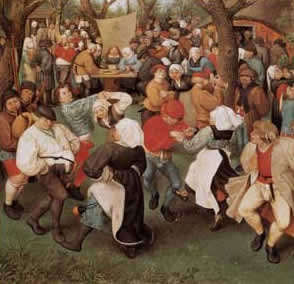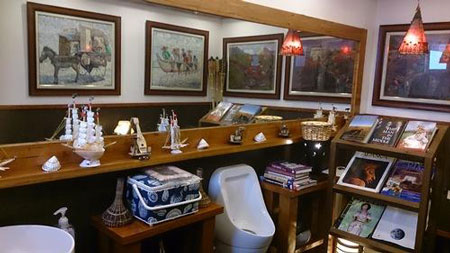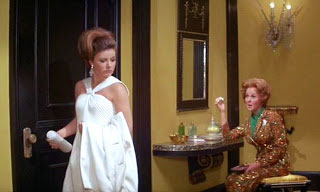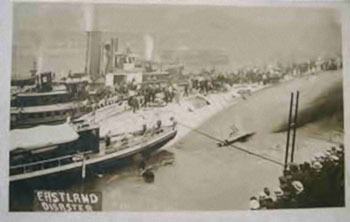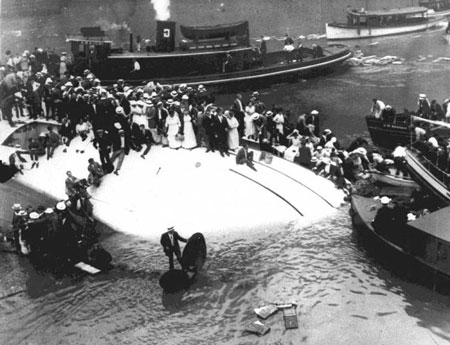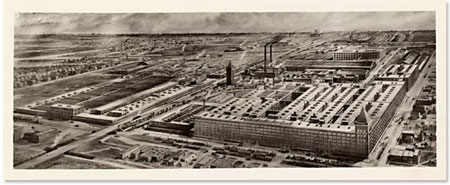The early 1970s. An affluent suburban landscape with plenty of space between spacious homes that today would be characterized as vintage. The high school that serves part of this district is a 1960s building with only two floors, bright brick on the outside, gleaming white tiles in the hallway, and wide windows, quite progressive compared to the multistory, dark brick, and overall prison-like structures that were the norm in previous decades.
Yet across the road a ragged piece of what might originally been a forest preserve served as a hangout to the cliques in that high school called “freaks” or “loads.” (I was never sure about the difference between the two in my marginalized social status.) They wore flannel shirts, faded Levis, and big boots (the girls too). They sported long hair (and I remember so many blonds). They really made a point of being distinct from the Protestant WASP jocks and cheerleaders that pretty much ran the school and who probably ended up in that day’s one percent.
And they smoked in that area, which everyone called The Hole. Now I’m not sure if any other type of activity was going on (given that name), because I was afraid to check it out, but it was common knowledge that smoking was going on, and not just cigarettes. Yes, they smoked what many at that time called grass. Diane, a girl on my French class who identified as a load, confirmed that information. Diane was a load (and I got the feeling she may have dealt the substance in hindsight).
Flash forward to college. I was a virgin in the world of illicit substances, until Denise and Punky and some other girls introduced me to the joys of smoking pot (we called it that name by that time). Denise always seemed to have it, because she got it from some big black guy named T.J. Punky too, because she was a punk gal who knew artsy guys on the North Side of Chicago. Denise and I smoked something called “Sense A Million,” which was supposed to be quite potent. I remember vaguely wandering through tunnels that connected the buildings on the campus and making claims that the overhead lights were beautiful and brilliant.
Fast forward to my young adulthood, gayling in the city both before and after coming out, and once again pot seemed to be central to my social activities. The lady who cut my hair used to deal (I had to call and ask for shampoo), and one year she gave me a leafy pot “bud” for Xmas. Another friend used to get it from some unknown dealer in the artsy neighborhood, and often weekend consisted of our own private “pot parties” at my place. We made pizza from scratch while high during the munchies phase (while the pizza was baking, we ate the standard Doritos and donuts).

One time this friend and I went a jack off party completely stoned. On the way to the party, we started putting the words “lava lamp” or “planet of the apes” into various movie titles. Think: Our Lady of Planet of the Apes, On A Clear Day You Can See Planet of the Apes, or my favorite, Hello, Lava Lamp. When I came up with that one, I collapsed onto someone’s grassy front lawn, laughing so hard I could not breathe. Needless to say, my wiener did not function very well at the jack off party, but I did end up that night taking home a hot black guy who dressed like a cowboy (who was also stoned or drunk and as a result, a limp dick).
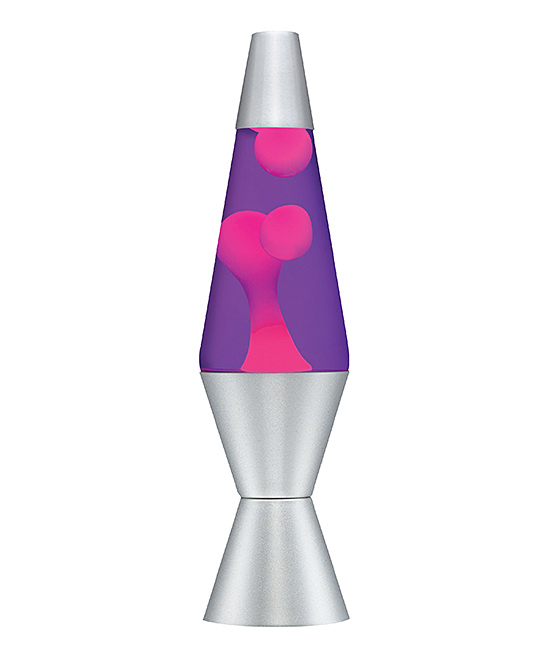
In my more mature years, financial exigencies have prevented me from enjoying the vicissitudes of this marvelous substance.
Based on the above, I associate pot/weed/grass with a time when social activities didn’t depend on technology. Yet even though one could argue that getting stoned wasn’t exactly the best way to connect, when everyone is stoned … or even just two persons … I found that in some persons a sense of humor arise that were not always present in other situations, even a repressed poet or musician.

Overall, I found the best “pot highs” to be a different release of inhibitions than being drunk; senses were heightened, and sometimes very amazing creative thoughts appeared and disappeared. No violence, no teary confessions, no hangover. Everything is fun, silly, and everything tastes good. Joy. Unabashed, uninhibited joy.
Maybe the cock doesn’t rise up literally when one ingests pot, but the Romantic poet Coleridge’s imaginative “fancy” did from the depths of my cannabis-intoxicated soul. That same poet wrote the famous dream-vision poem Kubla Khan under the influence of opium.

Maybe that could be a motivation to finally legalize that marvelous grass, weed, pot, or any other name.


